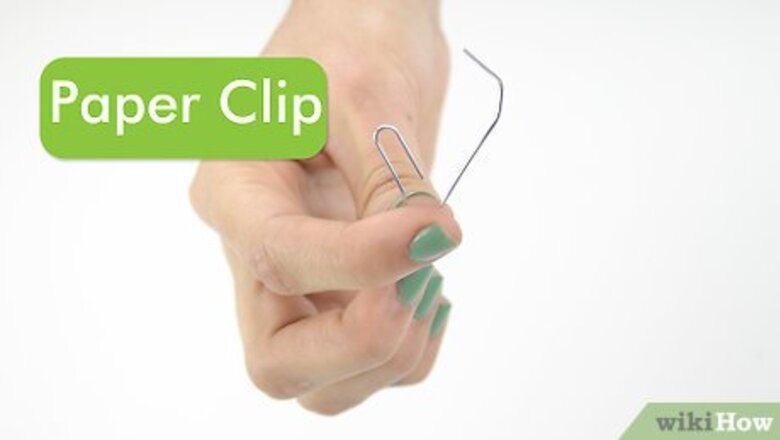
views
Using a Paper Clip and Beads
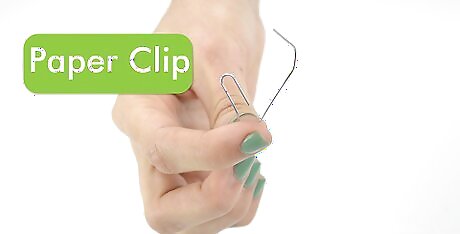
Unroll a paper clip with your hands. Make sure to choose a thin paper clip for this project. The thicker paper clips will not work for this method, and will also look clunky and unrealistic on your teeth. The beads that you will be using to make the brackets with will also not fit on a thicker paper clip.
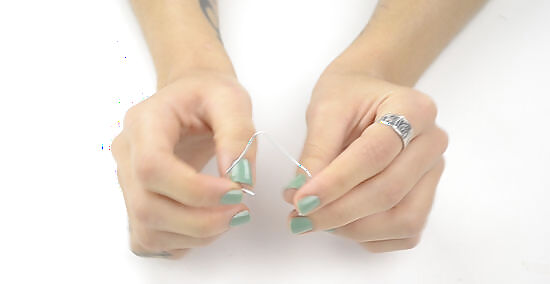
Bend the paper clip into a large “U” shape. This shape should fit around your top teeth. After you’ve created the “U” and smoothed out any kinks in the wire, test it. Smile and pop the wire onto your top teeth, seeing how it feels. Fix any areas where it’s uncomfortable or doesn’t look natural.
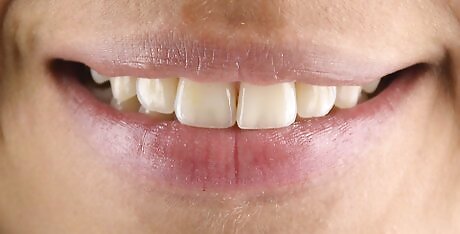
Count your teeth in your smile. In other words, see how many teeth are showing when you smile naturally. You’ll need one bead for each visible tooth. The beads will look like the brackets of braces.
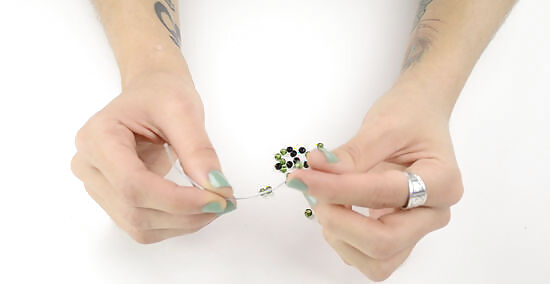
Thread your beads onto the paperclip. You can find small beads at any art supply store, and choose the colors you’d like for your braces. After they’re all on the paperclip, hold it up to your mouth and smile again. Adjust the beads so that each one is centered on a tooth. Once you have them centered properly, carefully remove the brace from your mouth.
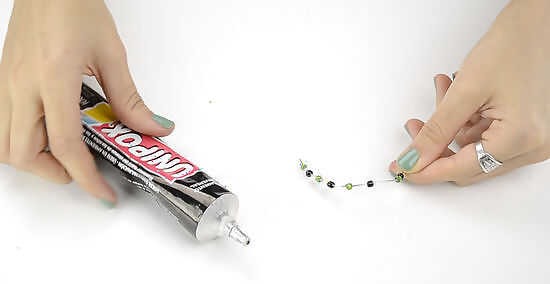
Glue the beads in place. Carefully lay the paperclip onto a paper plate or piece of paper, and make sure they haven’t moved from their measured positions. Using a non-toxic superglue, carefully glue the beads into place. Let the glue dry for about ten minutes. Once the beads are firmly in place, carefully use your finger to scratch off any excess glue. The superglue won’t breakdown in your mouth for three to four weeks. You likely won’t be wearing the braces 24/7, so your fake braces will last even longer.
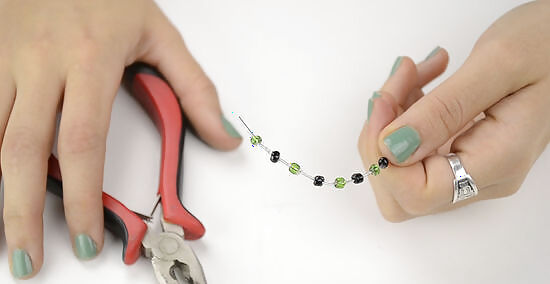
Bend the ends of the paperclip. Take a pair of pliers and bend the ends up 90 degrees into an "L" shape. Now bend the tip of your "L" back until it lies flat along the back of the "L." Essentially, the wire will be doubled over. Do this slowly and carefully, and be patient. It will take a couple of gentle compressions with your pliers to create this compressed bend.
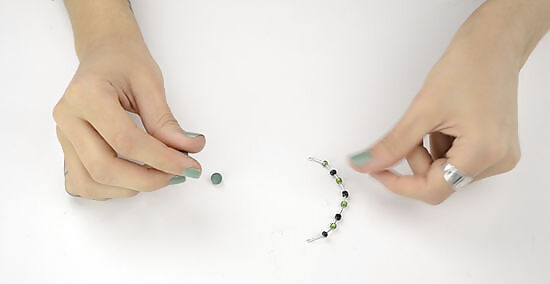
Apply orthodontic wax. You can find orthodontic wax in most drugs stores. Break a stick of orthodontic wax in two and roll each piece between your palms to create two balls of wax. Push each end of your braces through a ball of the wax.
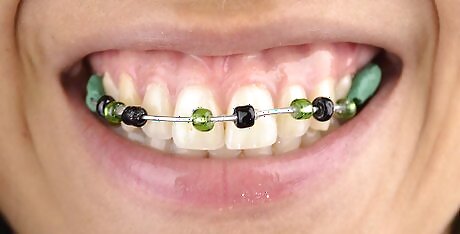
Try your braces on. Gently place the braces over your top teeth and adjust them. Gently push the orthodontic wax against your teeth so that it helps hold your braces in place, while also flattening out to look more natural. You may have to play around with your braces for a bit to get them looking perfect. Remember, only wear your fake braces for short periods of time to ensure you don't hurt your teeth or gums.
Using a Rubber Band and Earring Backs
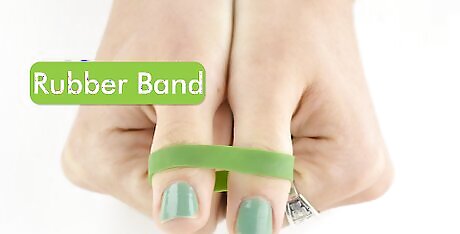
Get the proper-sized rubber band. You’ll need one that fits around the front of your teeth and goes around the back. The best kinds to use are the small rubber bands used for tiny braids. You can find these at drugstores and beauty supply stores.
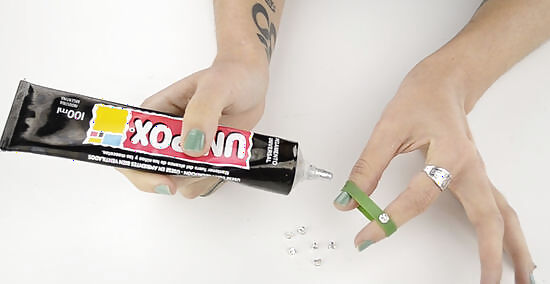
Add butterfly earring backs. You’ll need to snap one earring back on for each tooth that is visible when you smile. Put them all onto the rubber band facing the same way. The flat part of the butterfly back will be against your tooth, with the bumps facing outwards. These will look like the brackets of braces.
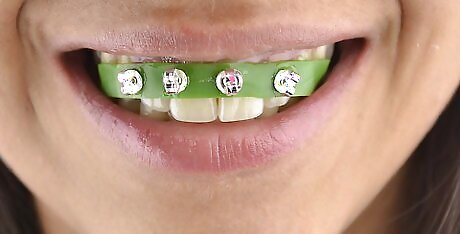
Put the rubber band around your teeth. Be careful to stretch the band gently so that it doesn’t snap. Once the rubber band is looped around all of your upper teeth, you can adjust the butterfly backs. Slide each one until it’s centered over each tooth. The butterfly backs can cause gum irritation and scratches to your teeth, so make sure you only wear these for short spurts of time. Take your fake braces off when you’re eating and sleeping.




















Comments
0 comment